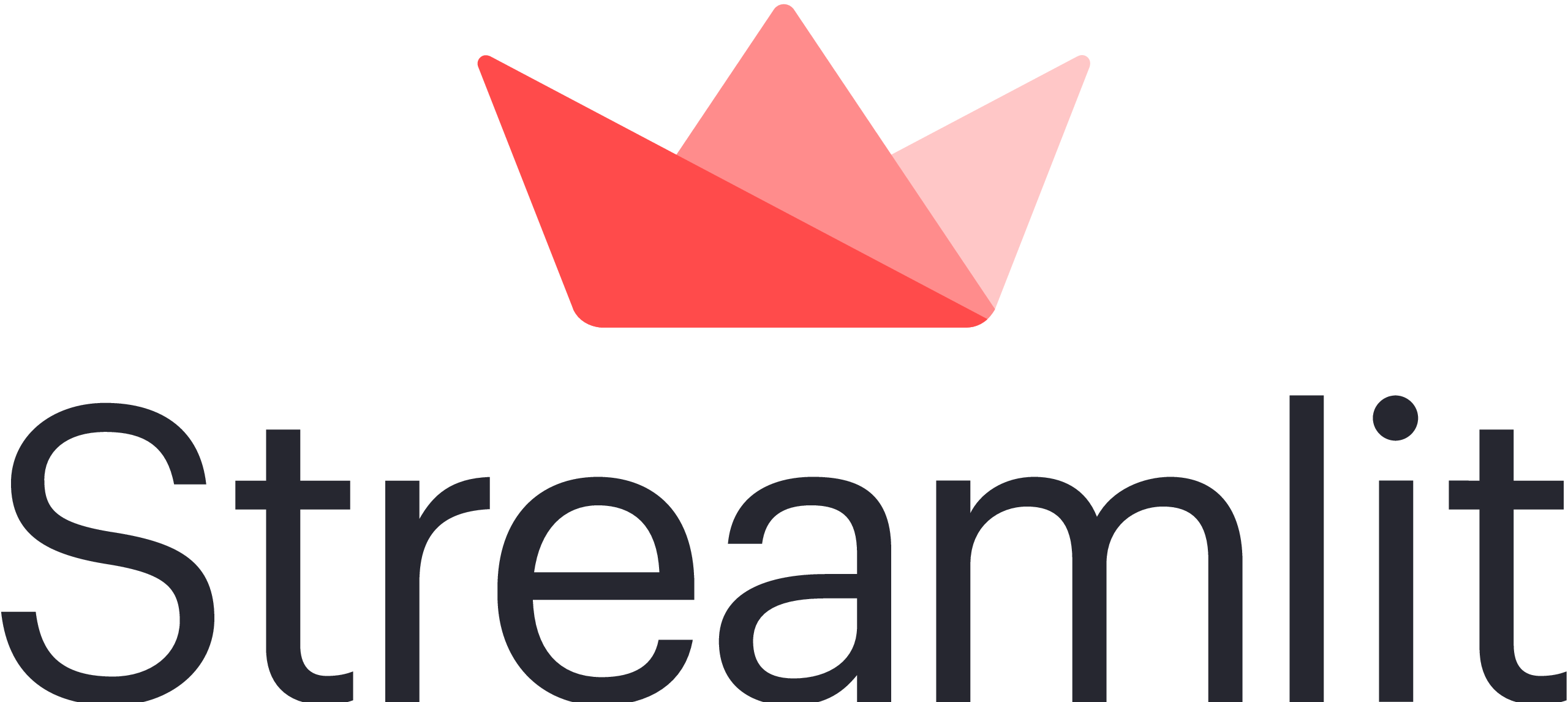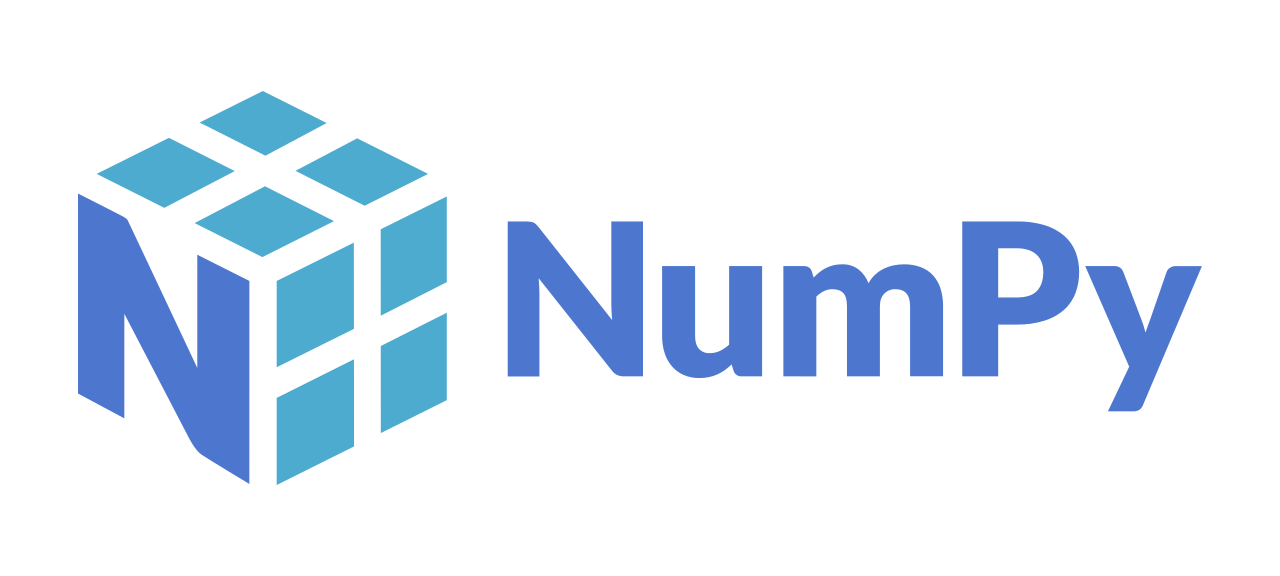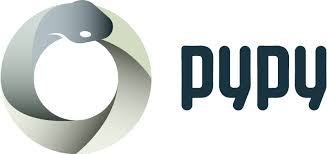Install • Hello World • Learn • Contribute • Jobs • Website • Slack
Jina is a deep learning-powered search framework for building cross-/multi-modal search systems (e.g. text, images, video, audio) in the cloud.
🌌 Universal Search - Large-scale indexing and querying of any kind of data on multiple platforms: video, image, long/short text, music, source code, etc.
☁️ Cloud Ready - Decentralized architecture with cloud-native features out-of-the-box: containerization, microservice, scaling, sharding, async IO, REST, gRPC.
🧠 First-Class AI Models - The design pattern for neural search systems, with first-class support for state-of-the-art AI models.
🧩 Plug & Play - Easily extendable with Pythonic interface.
⏱️ Time Saver - Bootstrap an AI-powered system in just a few minutes.
❤️ Made with Love - Quality first, never compromises, maintained by a full-time, venture-backed team.
On Linux/macOS with Python 3.7/3.8:
pip install -U jinaInstall on Windows • Install on Raspberry Pi • Install with Extra Dependencies
Our universal Docker image supports multiple architectures (including x64, x86, arm-64/v7/v6). They are ready-to-use:
docker run jinaai/jina --help |
 |
 |
 |
 |
 |
 |
 |
 |
 |
 |
 |
 |
 |
 |
 |
 |
 |
Just starting out? Try Jina's "Hello, World" - a simple image neural search demo for Fashion-MNIST. No extra dependencies needed, simply run:
jina hello-world...or even easier for Docker users, no install required:
docker run -v "$(pwd)/j:/j" jinaai/jina hello-world --workdir /j && open j/hello-world.html
# replace "open" with "xdg-open" on LinuxIntrigued? Play with different options:
jina hello-world --helpJina provides a high-level Flow API to simplify building search/index workflows. To create a new Flow:
from jina import Flow
f = Flow().add()This creates a simple Flow with one Pod. You can chain multiple .add()s in a single Flow.
To visualize the Flow, simply chain it with .plot(). If you are using a Jupyter notebook, it will render a flowchart inline:
f.plot()Gateway is the entrypoint of the Flow.
Let's create some random data and index it:
from jina import Document
with Flow().add() as f:
f.index_ndarray(numpy.random.random[4,2], output_fn=print) # index ndarray data, document sliced on first dimension
f.index_lines(['hello world!', 'goodbye world!']) # index textual data, each element is a document
f.index_files(['/tmp/*.mp4', '/tmp/*.pdf']) # index files and wildcard globs, each file is a document
f.index((Document() for _ in range(10))) # index raw Jina DocumentsTo use a Flow, open it using the with context manager, like you would a file in Python. You can call index and search with nearly all types of data. The whole data stream is asynchronous and efficient.
Once a request is done, callback functions are fired. Jina Flow implements Promise-like interface, you can add callback functions on_error, on_always to hook different event. In the example below, our Flow passes the message then prints the result when success. If something wrong, it beeps. Finally, the result is written to output.txt.
def beep(*args):
# make a beep sound
import os
os.system('echo -n "\a";')
with Flow().add() as f, open('output.txt', 'w') as fp:
f.index(numpy.random.random([4,5,2]),
output_fn=print,
on_error=beep, on_always=fp.write)Explore Hello World more
To add logic to the Flow, use the uses parameter to attach a Pod with an Executor. uses accepts multiple value types including class name, Docker image, (inline) YAML or built-in shortcut.
f = (Flow().add(uses='MyBertEncoder') # class name of a Jina Executor
.add(uses='jinahub/pretrained-cnn:latest') # Dockerized Jina Pod
.add(uses='myencoder.yaml') # YAML serialization of a Jina Executor
.add(uses='!WaveletTransformer | {freq: 20}') # inline YAML config
.add(uses='_pass')) # built-in shortcut executorThe power of Jina lies in its decentralized architecture: each add creates a new Pod, and these Pods can be run as a local thread/process, a remote process, inside a Docker container, or even inside a remote Docker container.
Chaining .add()s creates a sequential Flow. For parallelism, use the needs parameter:
f = (Flow().add(name='p1', needs='gateway')
.add(name='p2', needs='gateway')
.add(name='p3', needs='gateway')
.needs(['p1','p2', 'p3'], name='r1').plot())p1, p2, p3 now subscribe to Gateway and conduct their work in parallel. The last .needs() blocks all Pods until they finish their work. Note: parallelism can also be performed inside a Pod using parallel:
f = (Flow().add(name='p1', needs='gateway')
.add(name='p2', needs='gateway')
.add(name='p3', parallel=3)
.needs(['p1','p3'], name='r1').plot())That's all you need to know for understanding the magic behind hello-world. Now let's dive into it!
Let's first build a naive image encoder that embeds images into vectors using an orthogonal projection. To do this, we simply inherit from BaseImageEncoder: a base class from the jina.executors.encoders module. We then override its __init__() and encode() methods.
import numpy as np
from jina.executors.encoders import BaseImageEncoder
class MyEncoder(BaseImageEncoder):
def __init__(self, *args, **kwargs):
super().__init__(*args, **kwargs)
np.random.seed(1337)
H = np.random.rand(784, 64)
u, s, vh = np.linalg.svd(H, full_matrices=False)
self.oth_mat = u @ vh
def encode(self, data: 'np.ndarray', *args, **kwargs):
return (data.reshape([-1, 784]) / 255) @ self.oth_matJina provides a family of Executor classes, which summarize frequently-used algorithmic components in neural search. This family consists of encoders, indexers, crafters, evaluators, and classifiers, each with a well-designed interface. You can find the list of all 107 built-in executors here. If they don't meet your needs, inheriting from one of them is the easiest way to bootstrap your own Executor. Simply use our Jina Hub CLI:
pip install jina[hub] && jina hub newLet's test our encoder in the Flow with some synthetic data:
def validate(docs):
assert len(docs) == 100
assert NdArray(docs[0].embedding).value.shape == (64,)
f = Flow().add(uses='MyEncoder')
with f:
f.index_ndarray(np.random.random([100, 28, 28]), output_fn=validate, callback_on='docs')All good! Now our validate function confirms that all one hundred 28x28 synthetic images have been embedded into 100x64 vectors.
By setting a larger input, you can play with batch_size and parallel:
f = Flow().add(uses='MyEncoder', parallel=10)
with f:
f.index_ndarray(np.random.random([60000, 28, 28]), batch_size=1024)Now we need to add an indexer to store all the embeddings and the image for later retrieval. Jina provides a simple numpy-powered vector indexer NumpyIndexer, and a key-value indexer BinaryPbIndexer. We can combine them in a single YAML file:
!CompoundIndexer
components:
- !NumpyIndexer
with:
index_filename: vec.gz
- !BinaryPbIndexer
with:
index_filename: chunk.gz
metas:
workspace: ./!tags a structure with a class namewithdefines arguments for initializing this class object.
Essentially, the above YAML config is equivalent to the following Python code:
from jina.executors.indexers.vector import NumpyIndexer
from jina.exeuctors.indexers.keyvalue import BinaryPbIndexer
a = NumpyIndexer(index_filename='vec.gz')
b = BinaryPbIndexer(index_filename='vec.gz')
c = CompoundIndexer()
c.components = lambda: [a, b]Now let's add our indexer YAML file to the Flow with .add(uses=). Let's also add two shards to the indexer to improve its scalability:
f = Flow().add(uses='MyEncoder', parallel=2).add(uses='myindexer.yml', shards=2, separated_workspace=True).plot()When you have many arguments, constructing a Flow in Python can get cumbersome. In that case, you can simply move all arguments into one flow.yml:
!Flow
pods:
encode:
uses: MyEncoder
parallel: 2
index:
uses: myindexer.yml
shards: 2
separated_workspace: trueAnd then load it in Python:
f = Flow.load_config('flow.yml')Querying a Flow is similar to what we did with indexing. Simply load the query Flow and switch from f.index to f.search. Say you want to retrieve the top 50 documents that are similar to your query and then plot them in HTML:
f = Flow.load_config('flows/query.yml')
with f:
f.search_ndarray(shuffle=True, size=128, output_fn=plot_in_html, top_k=50)In practice, the query Flow and the client (i.e. data sender) are often physically seperated. Moreover, the client may prefer to use a REST API rather than gRPC when querying. You can set port_expose to a public port and turn on REST support with rest_api=True:
f = Flow(port_expose=45678, rest_api=True)
with f:
f.block()That is the essense behind jina hello-world. It is merely a taste of what Jina can do. We’re really excited to see what you do with Jina! You can easily create a Jina project from templates with one terminal command:
pip install jina[hub] && jina hub new --type appThis creates a Python entrypoint, YAML configs and a Dockerfile. You can start from there.

|
English • 日本語 • Français • Português • Deutsch • Русский язык • 中文 • عربية |
Get started with neural search, inputs, outputs, and Flows
| Tutorials | Readings | |
|---|---|---|
| 🐣 | Beginners tutorial: Search Star Trek script data Image to image search Pokémon sprites with Google's BiT model Audio to audio search with Vggish model | What it is, how it works, and how it's different Why do we build Jina and for whom? Comprehensive round-up on Jina tech, concepts |
| 🐥 | Filter search results by category Dig into Flows and Pods | With Python, YAML, or graphical Dashboard Data goes in, data comes out. Here's how |
Client-server, scaling, containerization, Docker, and more
| Tutorials | Readings | |
|---|---|---|
| 🐥 | Refactor hello-world into client-server architecture Scale up Pods to speed up your search and add a customized executor Log and monitor with Jina's graphical Dashboard | Run Pods remotely via console, Jina Gateway, or Flow API Build your Pod into a Docker image: How and why |
Want to read more? Check our Founder Han Xiao's blog and our official blog.
Apart from the learning resources we provided above, We highly recommended you go through our documentation to master Jina.
Our docs are built on every push, merge, and release of Jina's master branch. Documentation for older versions is archived here.
Are you a "Doc"-star? Join us! We welcome all kinds of improvements on the documentation.
We welcome all kinds of contributions from the open-source community, individuals and partners. We owe our success to your active involvement.
- Code of conduct - play nicely with the Jina community
- Slack workspace - join #general on our Slack to meet the team and ask questions
- YouTube channel - subscribe to the latest video tutorials, release demos, webinars and presentations.
- LinkedIn - get to know Jina AI as a company and find job opportunities
- follow and interact with us using hashtag
#JinaSearch- Company - know more about our company and how we are fully committed to open-source.
GitHub milestones lay out the path to Jina's future improvements.
As part of our open governance model, we host Jina's Engineering All Hands in public. This Zoom meeting recurs monthly on the second Tuesday of each month, at 14:00-15:30 (CET). Everyone can join in via the following calendar invite.
The meeting will also be live-streamed and later published to our YouTube channel.
Jina is an open-source project. We are hiring full-stack developers, evangelists, and PMs to build the next neural search ecosystem in open source.
Copyright (c) 2020 Jina AI Limited. All rights reserved.
Jina is licensed under the Apache License, Version 2.0. See LICENSE for the full license text.






